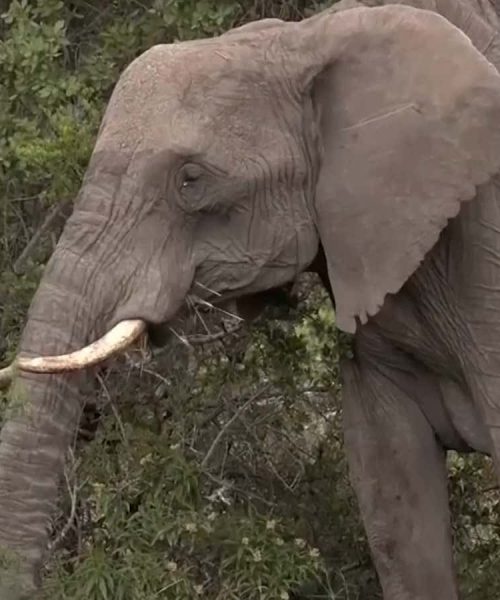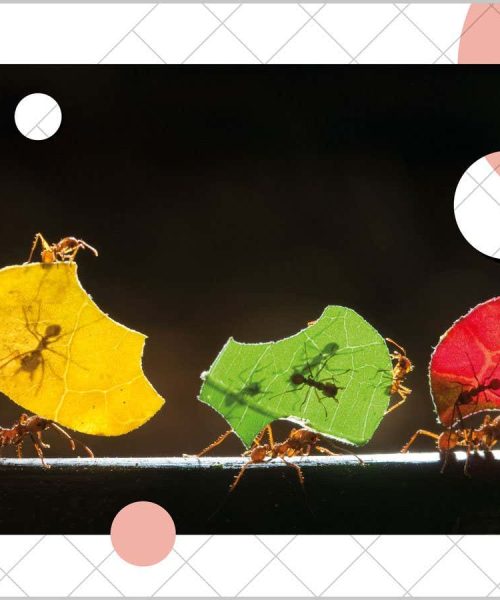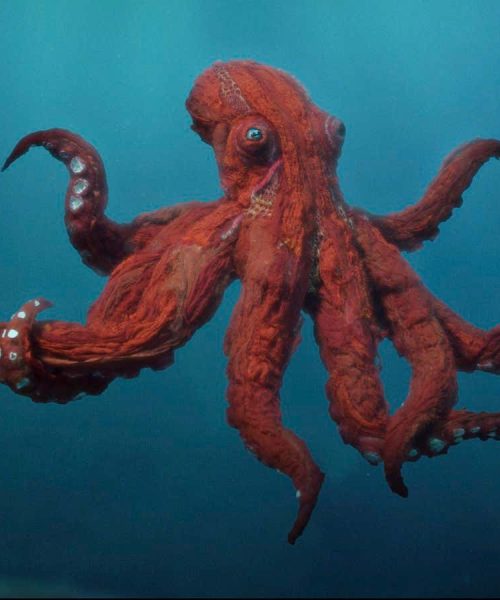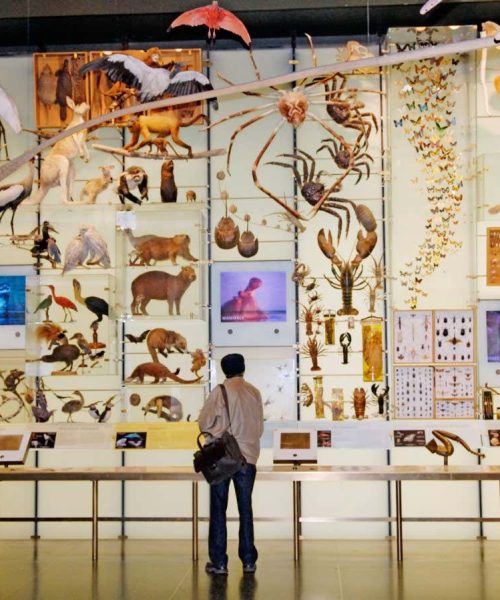
A female Japanese tit fluttering its wings
Toshitaka Suzuki
Japanese tits appear to flutter their wings to tell mates to enter the nest, suggesting that birds may communicate with a variety of gestures.
Signals such as waving are a common aspect of communication among people and other great apes. In a bid to learn more about such behaviours in birds, Toshitaka Suzuki at the University of Tokyo and his colleagues have installed hundreds of nest boxes in a forest populated with Japanese tits (Parus minor) near the town of Karuizawa over the past few years.
Advertisement
To mimic the tree cavities that the tits usually dwell in, each box had a 7.5-centimetre-wide hole, just big enough for one bird to squeeze into at a time.
During breeding season, the team observed 321 nest visits across eight breeding pairs, with the tits often having food in tow to feed their hatchlings.
If a couple arrived at the nest together, each tit would perch on a nearby branch before entering. Around 40 per cent of the time, the female fluttered its wings for a few seconds, with its chest facing the male. This was quickly followed by the male entering the nest first, then the female.
However, when neither bird fluttered its wings, which made up 44 per cent of nest visitations, the females usually entered first. Only one male was observed repeatedly fluttering its wings, which was followed by the female entering first. Wing fluttering wasn’t observed at all when each bird arrived separately.
“We can conclude that this wing fluttering conveys ‘after you’, prompting males to enter the nest first,” says Suzuki. “This study is the first to demonstrates that birds can use wing movements to convey a particular meaning.”
The findings suggest that Japanese tits, and possibly other bird species, communicate in a much more intricate way than was previously thought.
“There is a hypothesis that language evolved from gestural communication,” says Suzuki. “So, these studies can help us understand the evolution of complex communication, including our own language.”
Topics:





